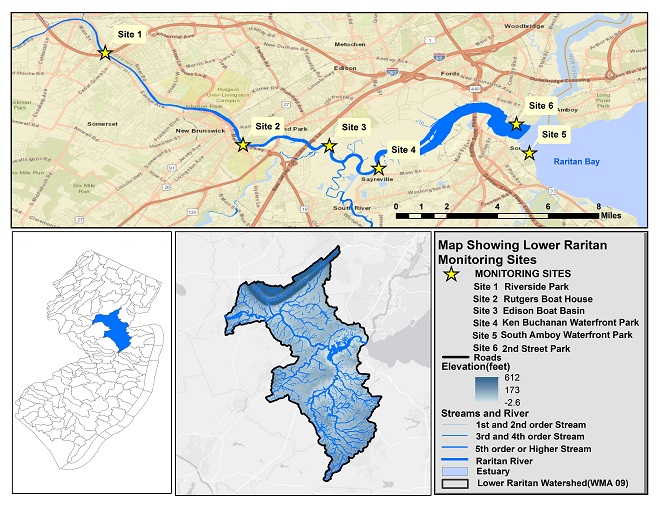Raritan Pathogens Results for 9.17.2020
Happy World Monitoring Day!
The LRWP and Rutgers Cooperative Extension of Middlesex County monitor for Fecal Coliform and Enterococcus at six non-swimming public beach access sites along the Lower Raritan during the warmer summer months. Fecal Coliform and Enterococcus are indicators of disease-causing bacteria in our waterways.
The EPA recommends that a single Enterococcus sample be less than 110 Colony Forming Units (CFU)/100mL for primary contact. Enterococci levels are used as indicators of the possible presence of disease-causing bacteria in recreational waters. Such pathogens may pose health risks to people fishing and swimming in a water body. Sources of bacteria include Combined Sewer Overflows (CSOs), improperly functioning wastewater treatment plants, stormwater runoff, leaking septic systems, animal carcasses, and runoff from manure storage areas. Enterococci levels are often high after heavy or consistent rainfall.
Here are our pathogens results for September 17, 2020. Things are looking good for our Raritan, and with no rain predicted for the next few days our waters should be flowing pretty clean.
Please note: results are preliminary and pending quality control.

Field Notes for 9.17.2020
Hazy yellow skies during the day told a story of west coast fires and kept the temps down. Yesterday was a beautiful day for monitoring. Waters at our Rutgers Boathouse were covered with thick oily scum, origin undetermined. A far number of dead bunker floating in the water at our Edison Boat launch site. And there is still a fair amount of red algae at the South Amboy site – the algae has spread some to Perth Amboy.
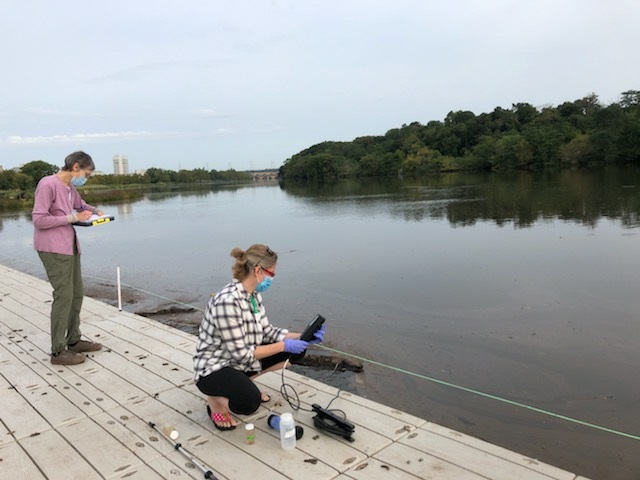
photo: Jessica Bonamusa
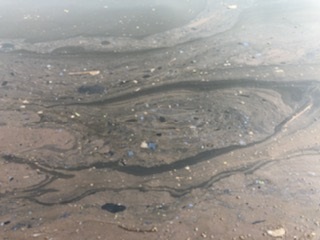
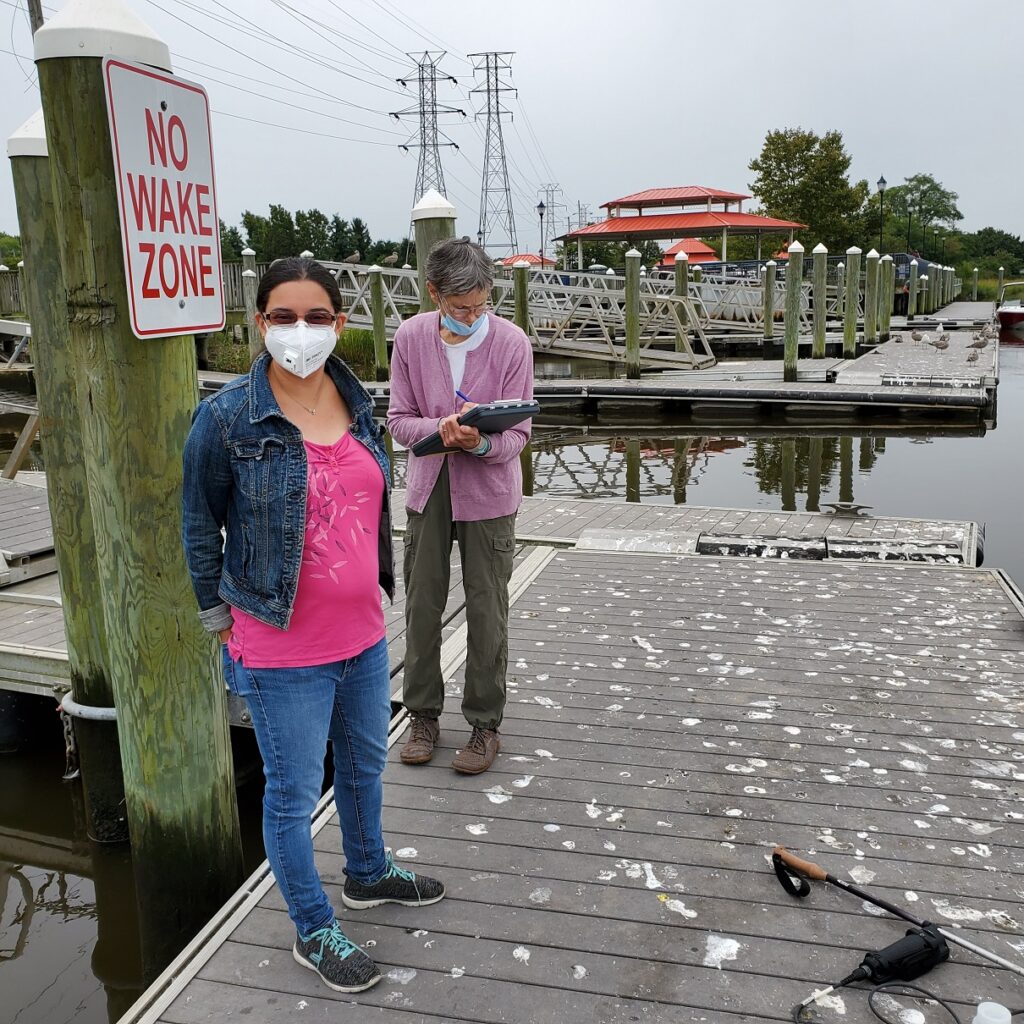
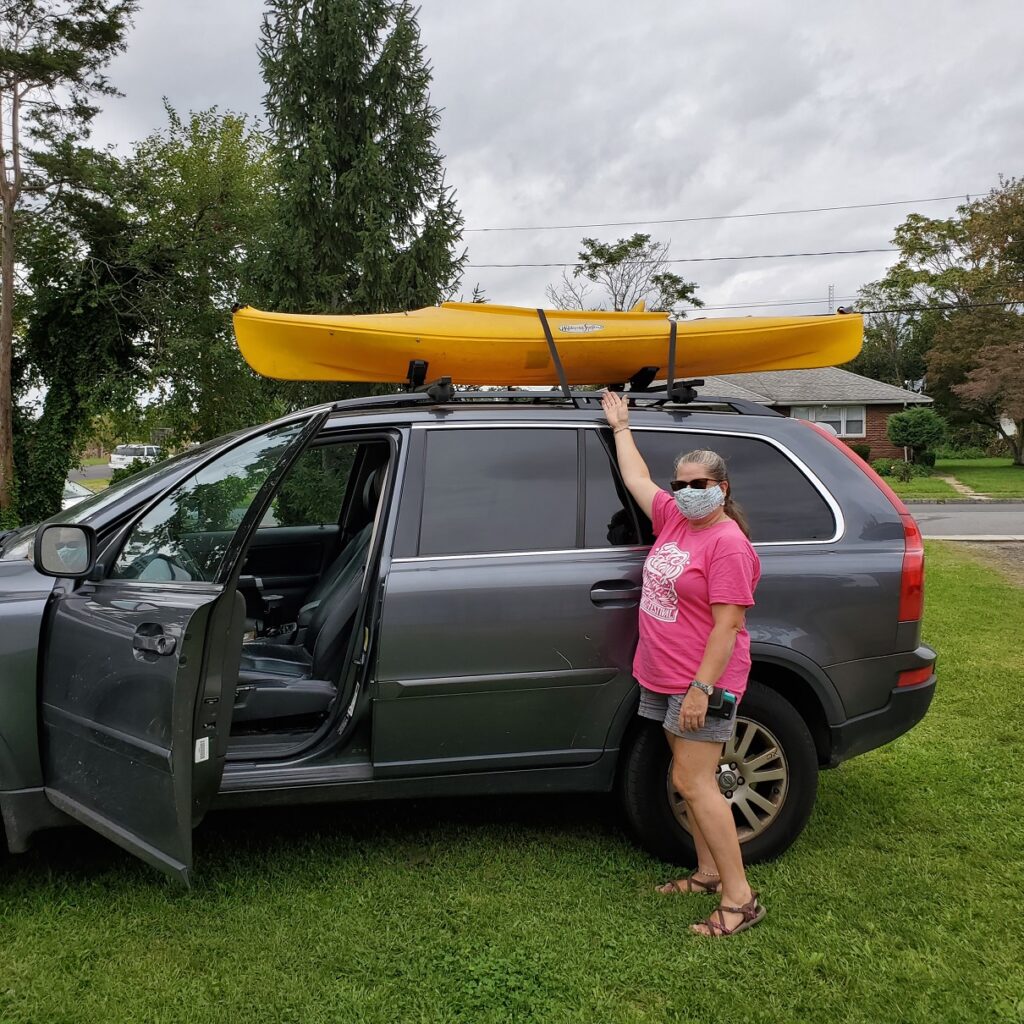
Thank you Bill Schultz and Lorraine!
Summer 2020 Raritan Monitoring Sites
The New Jersey state Department of Environmental Protection and Middlesex County Health Departments typically monitor at sanctioned public swimming beach sites. They do not monitor the water quality for pathogens at public access non-swimming beach sites along the Raritan, despite regular use of these areas for primary contact (fishing and swimming) by members of our urban communities.
The LRWP works with in partnership with the Interstate Environmental Commission for lab analysis of our samples. We have a Quality Assurance Protocol Plan (QAPP) approved by the federal Environmental Protection Agency. We work to report our results as soon as lab analysis is completed.
